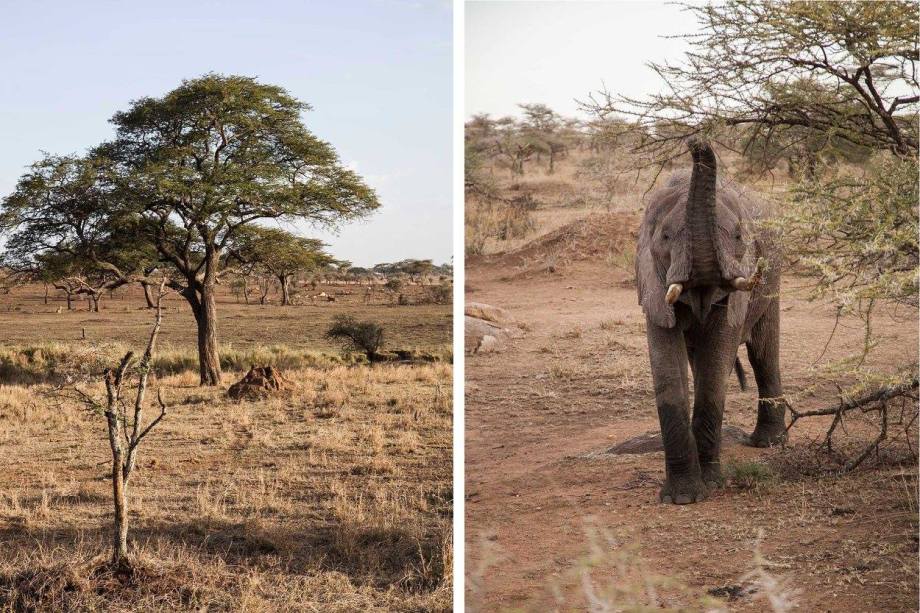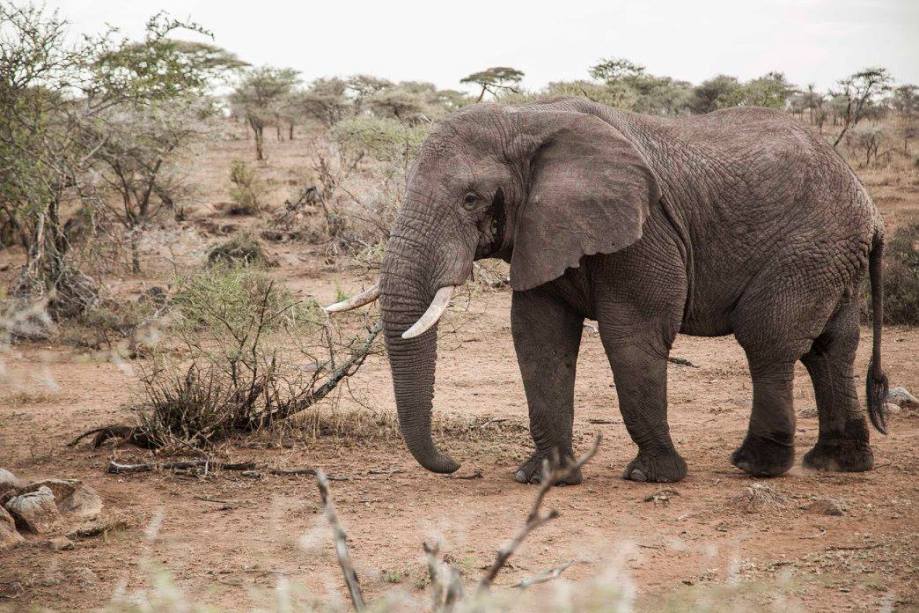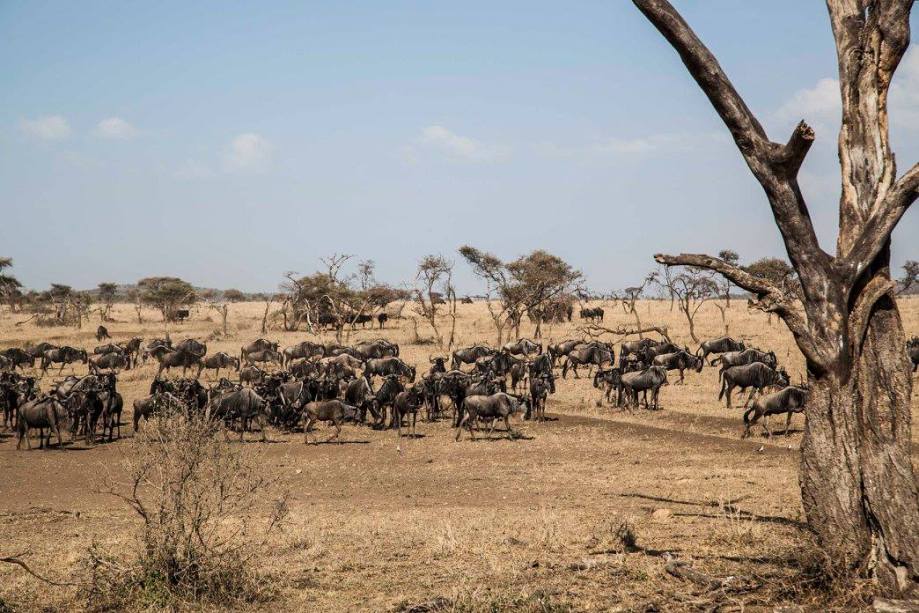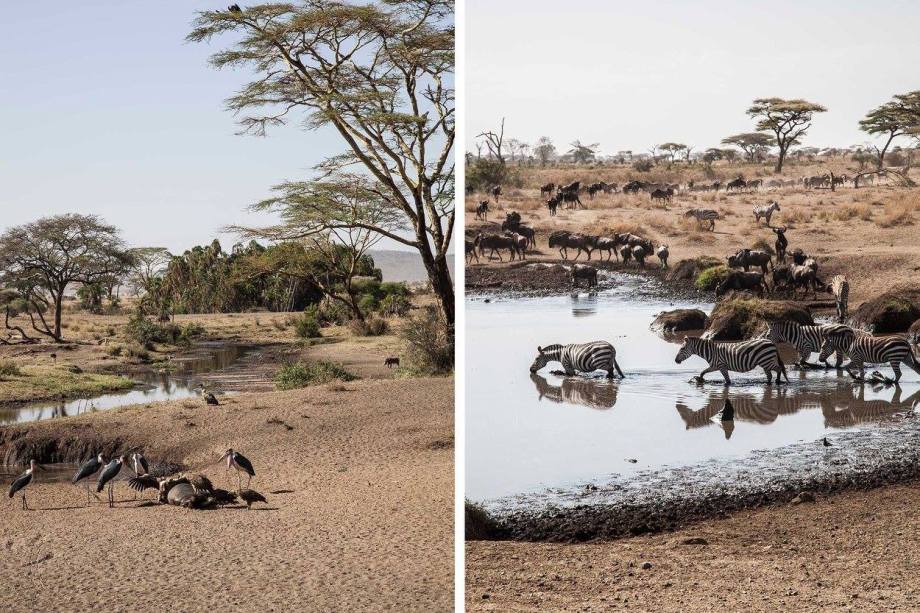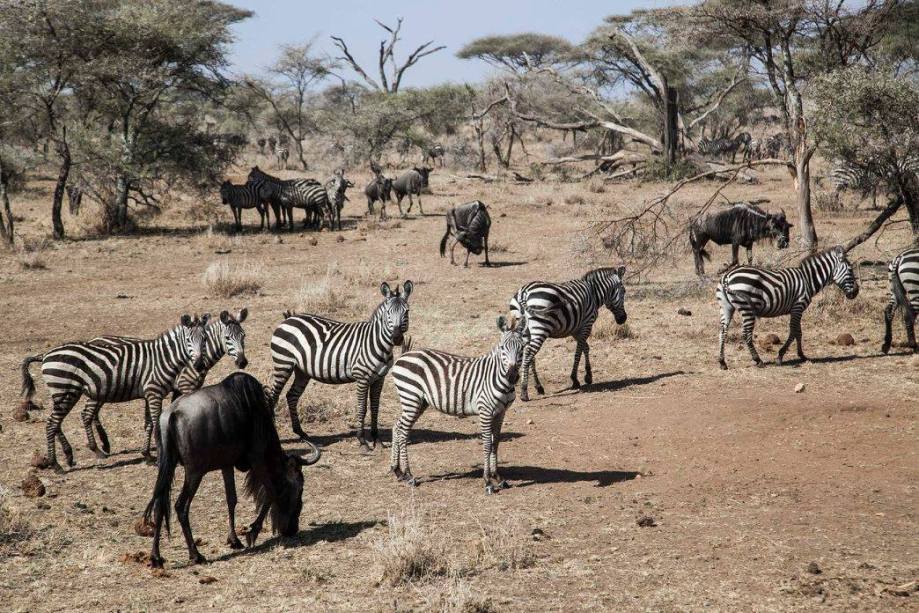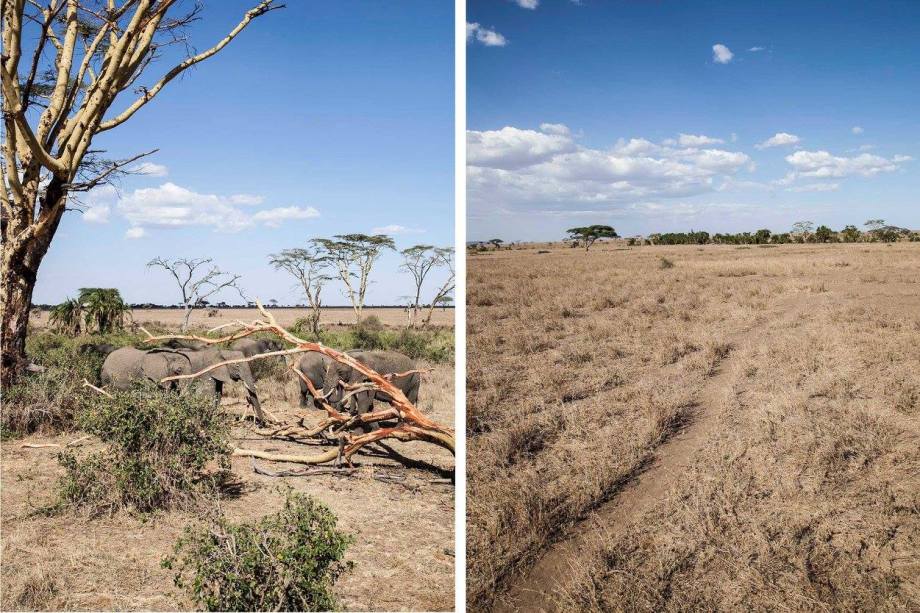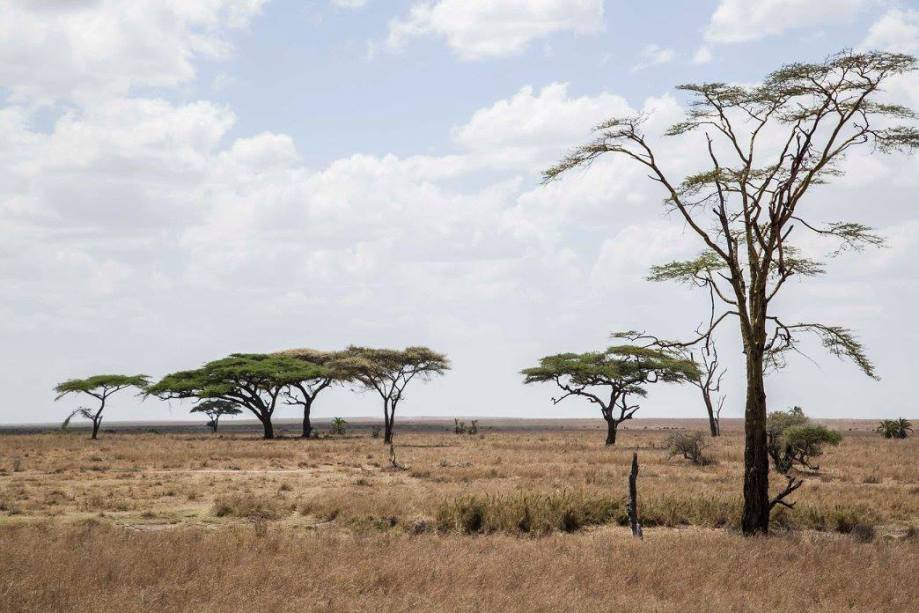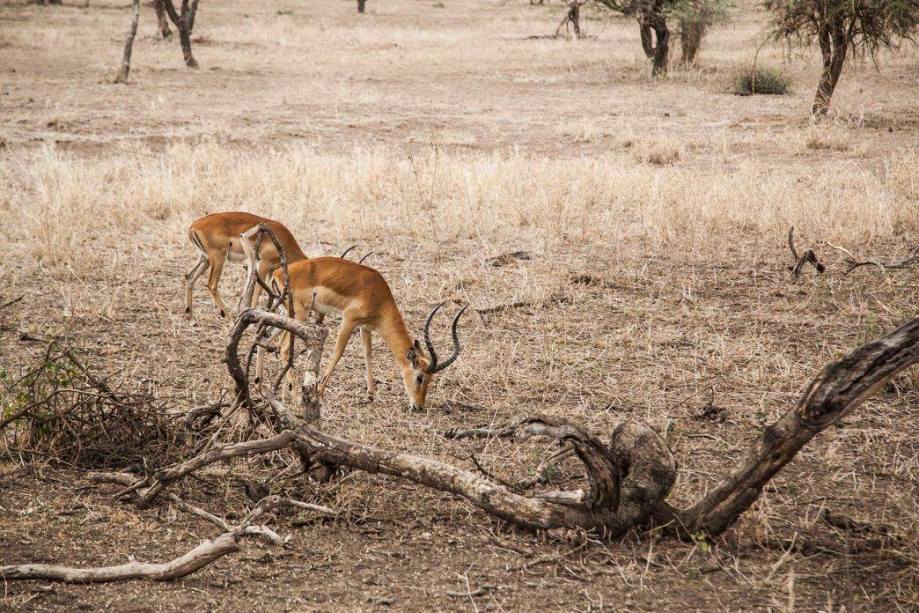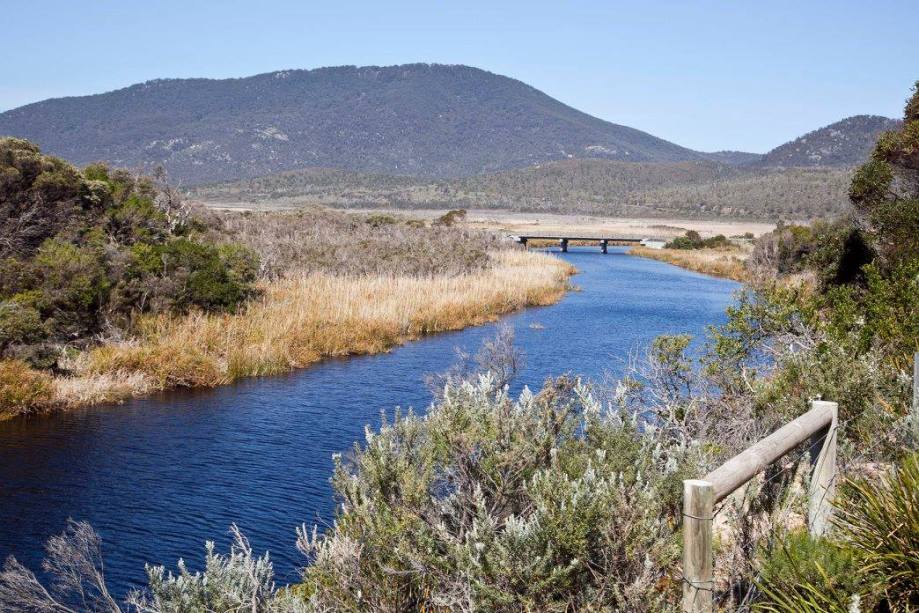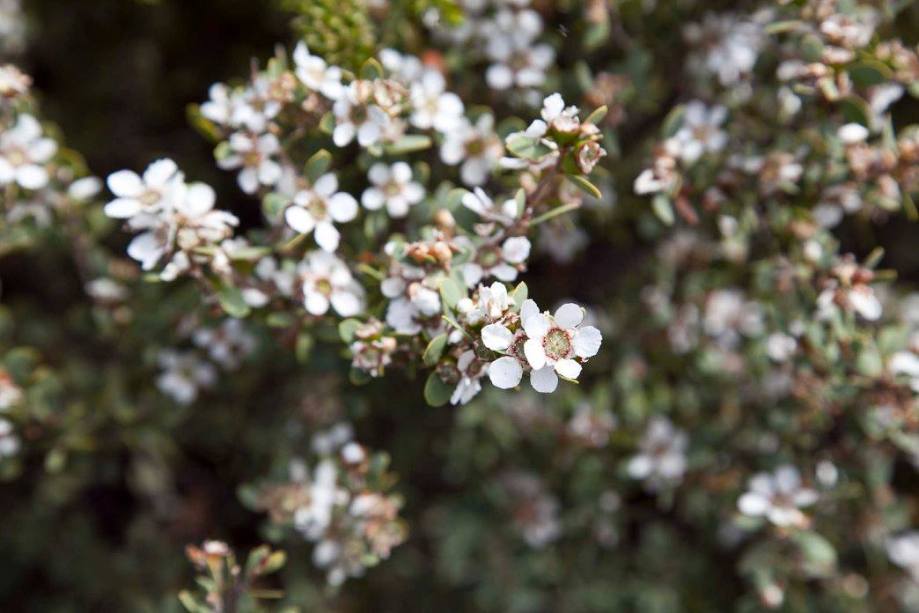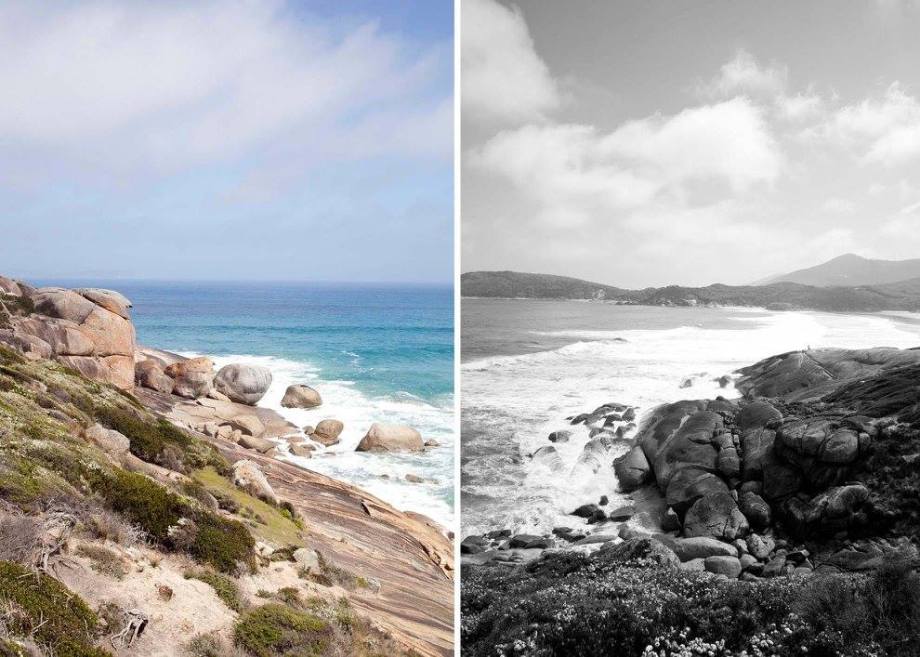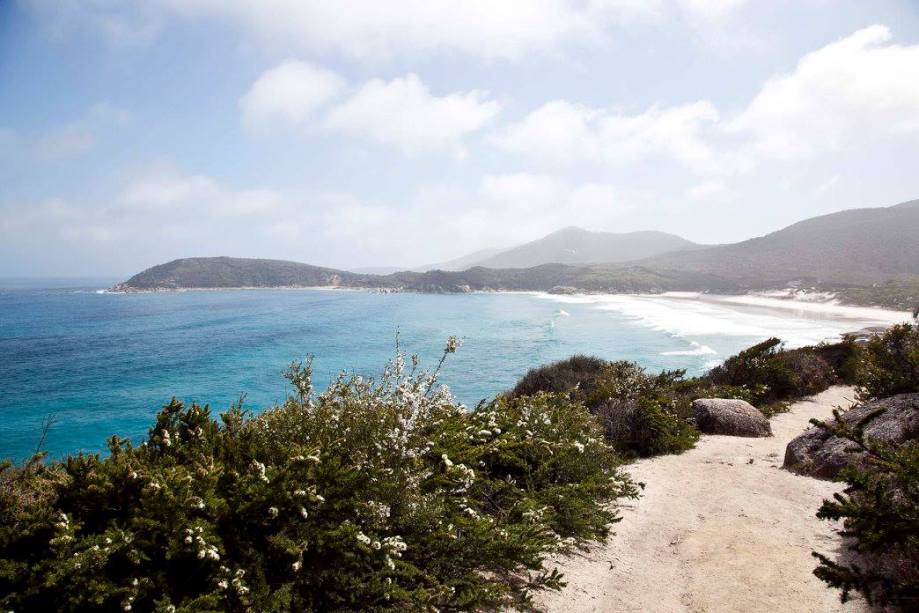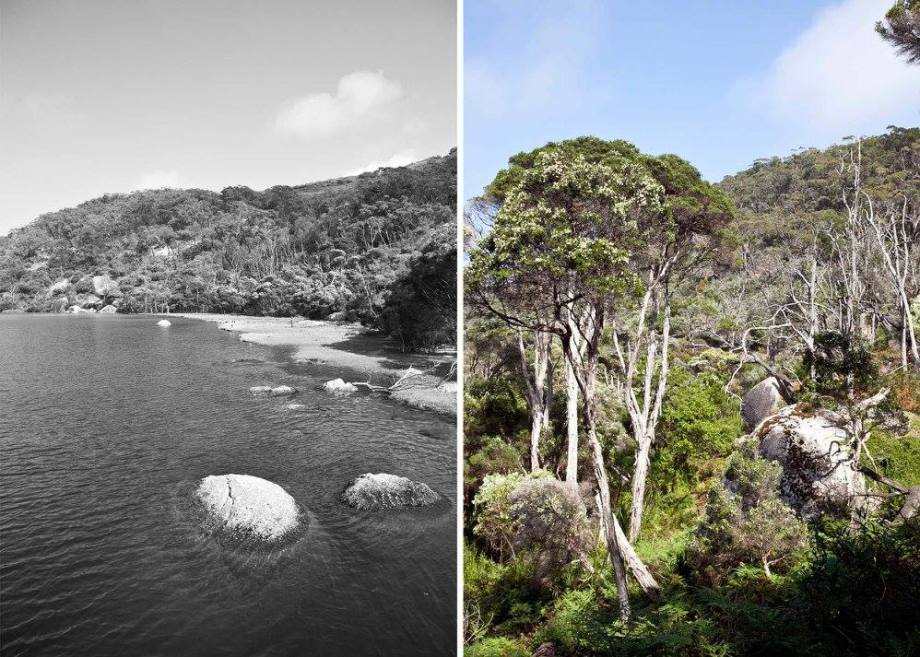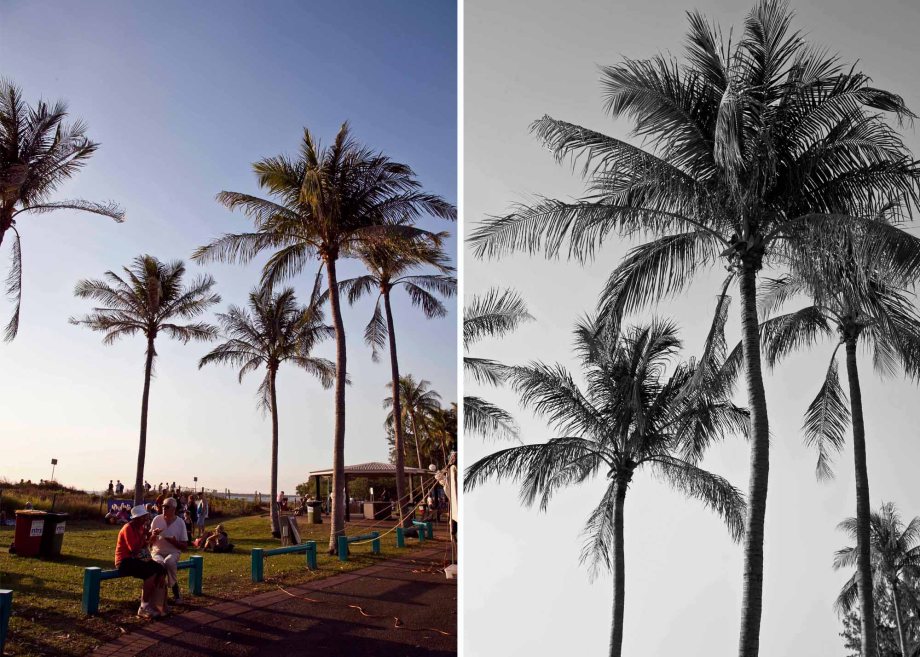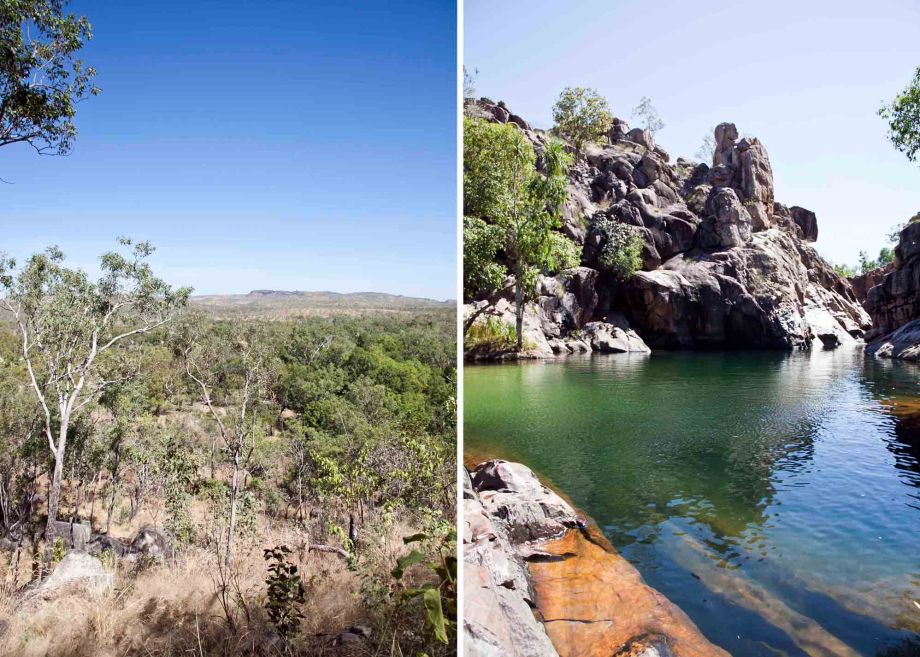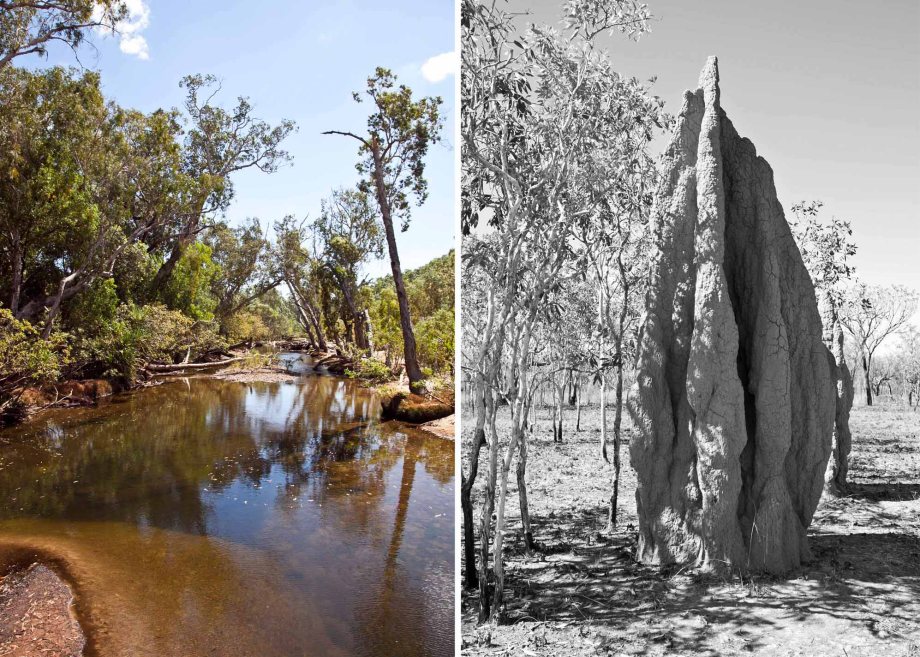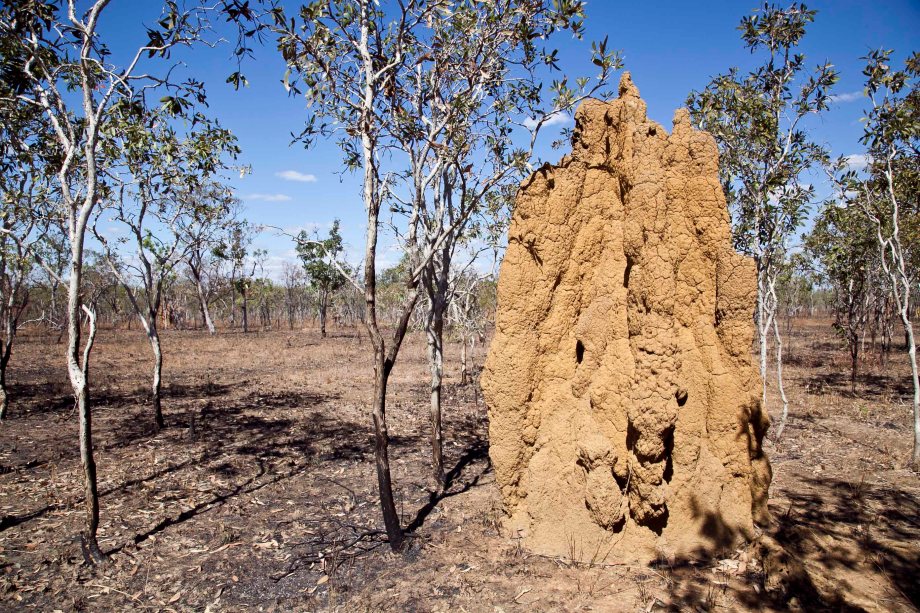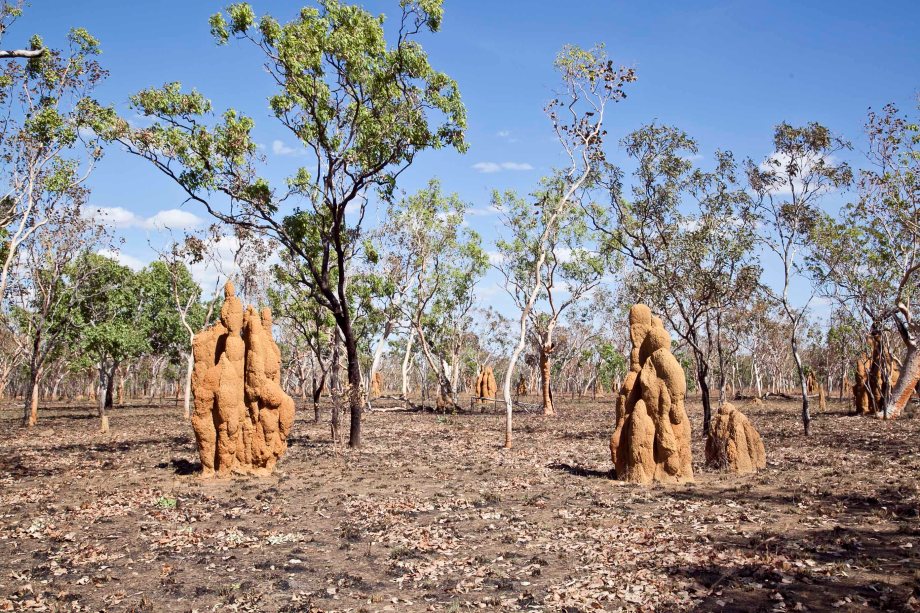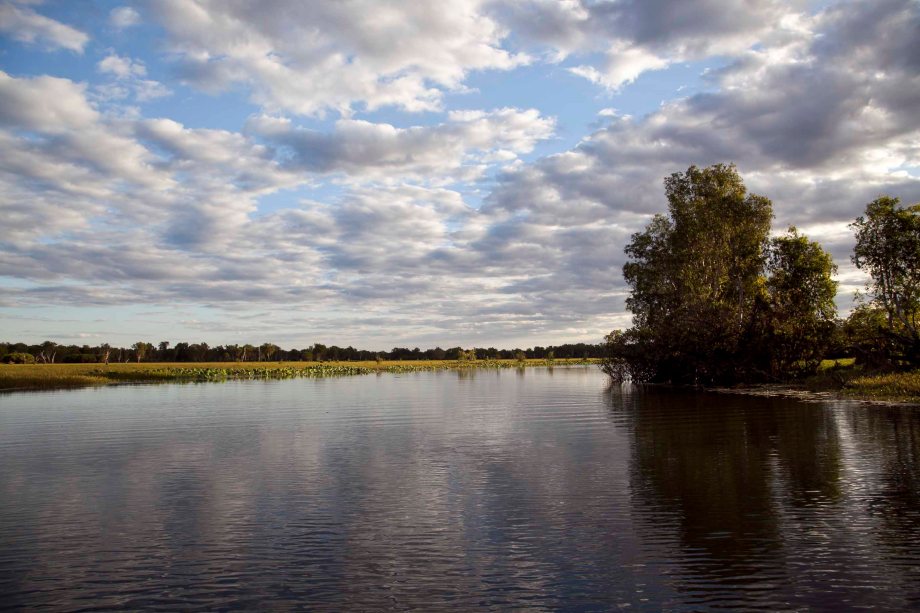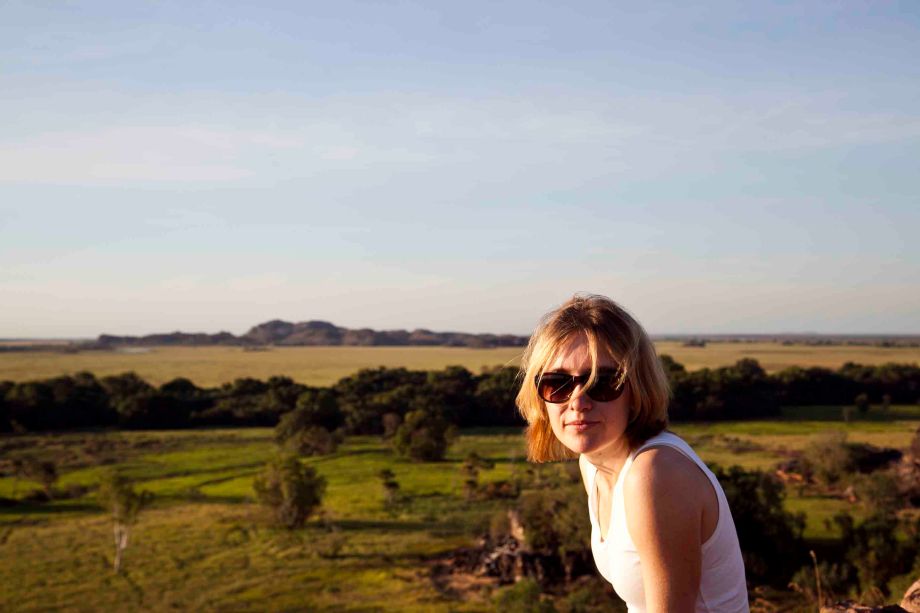Our camp in the Serengeti was open. There were no fences create a boundary between us and the animals. If they wished to walk through our campsite, they were at liberty to. As we ate our dinner by the campfire, we heard a number of hyenas close to the camp. And the following morning, our tour guide told us that a water buffalo had walked through our camp during the night.
After an early breakfast, we headed out for a sunrise game drive, as the early morning provides good opportunities to see animals before the midday heat urges many of them to take refuge in the shade. It is also the time that the big cats (lions, cheetahs and leopards) are most active.
We did indeed see a few female lions that morning, although they were quite a distance from our truck. Other animals we saw were zebras, gazelles, topi, warthogs, impalas, dik-diks (small little deer-like animals), to name a few. We were also lucky enough to witness the wildebeest migration. It is incredible how these animals migrate from one part of the Serengeti to another, almost in a perfectly straight line. There was also a leopard sleeping in a distant tree, but due to the insufficient lens on my camera, I couldn’t get a shot of it. Similarly, we saw a young cheetah eating its breakfast that morning, but it was too far away for me to get a photo of it.
After lunch and a few hours of relaxing by our campsite, we headed out again for another game drive. This time were luckier and saw a number of animals quite close to us. There was a female lion basking in the shade of a tree, a giraffe almost sticking his head into our truck and a heard of elephants walking across the road right in front of us.
Aside from the animals, the Serengeti landscape is beautiful. I visited in January, which follows the short wet season in November/December, but it did not rain this season. So instead of lush green landscapes, the grasses were dry. But these landscapes were filled with a beautiful spectrum of yellows and oranges, with small flecks of green. The landscape is dotted with small rock formations, Acacia trees, umbrella trees, among others, to create that stereotypical ‘African’ landscape. The opening of Disney’s ‘The Lion King’ was running through my head all day. AHHH ZIBENYA AMA ZEE BABA…
Next stop, Ngorongoro Crater (my favourite place in Tanzania).


